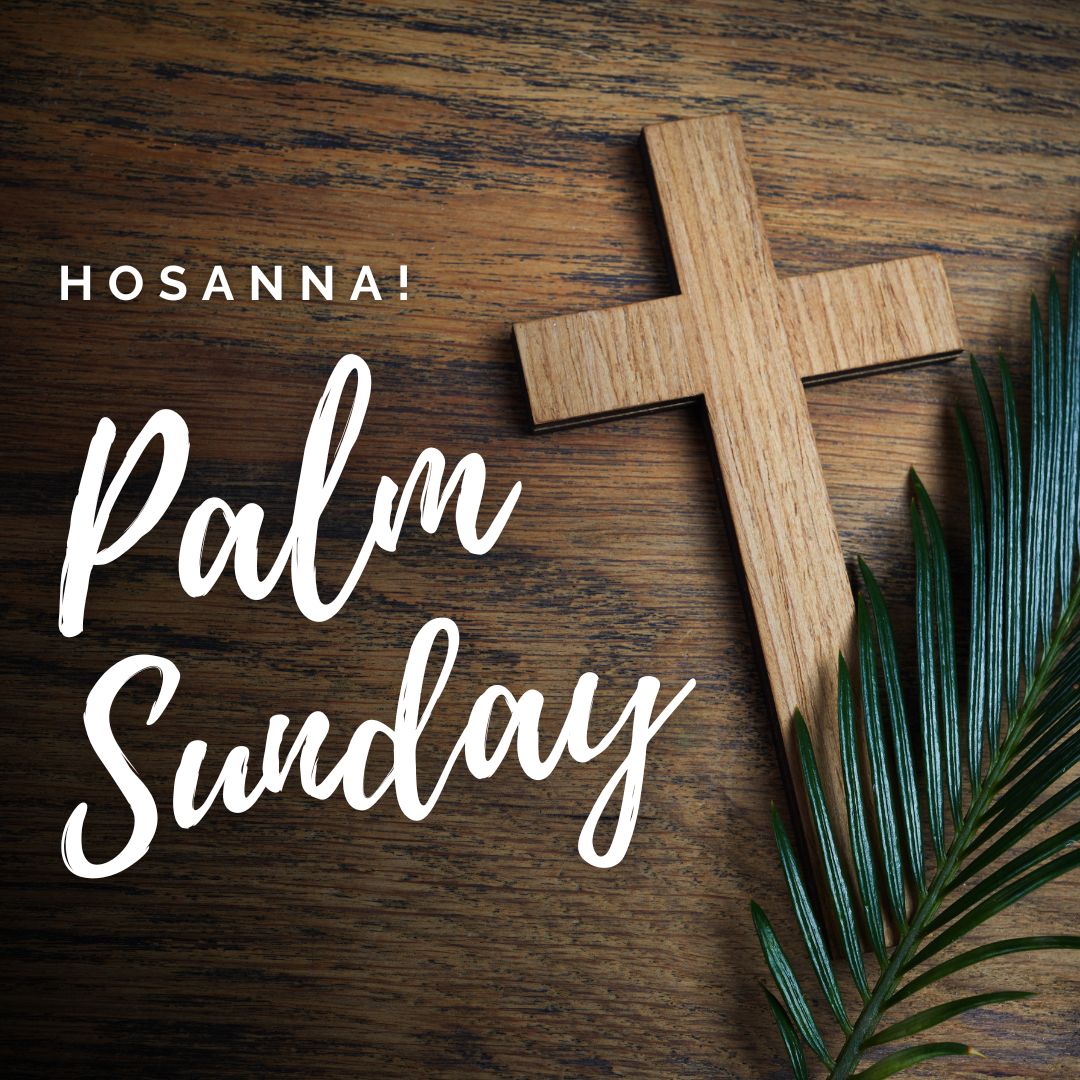What is celebrated on Palm Sunday – and what does it have to do with Holy Week? We explain the customs, history, and significance of Palm Sunday in the church, religion, and art.
Palm Sunday (March 24, 2024) marks the beginning of Holy Week, also known as “Silent Week,” during which Christians remember the suffering and death of Jesus on the cross and prepare for Easter.
Palm Sunday commemorates Jesus’ entry into Jerusalem and the beginning of his Passion. According to the Gospel accounts, Jesus rode into the city on a donkey and was welcomed by the people with rejoicing. At his reception, the people spread their clothes before him and strewed palm branches along the way.
What is Holy Week?
Holy Week is the preparation for Easter, the oldest and highest Christian festival. On Maundy Thursday, the eve of Good Friday, communion services are held to remember Jesus’ last meal with his disciples before his death. The contrast to this is the Easter Vigil, in which Christians celebrate Jesus’ resurrection from the dead.
According to the New Testament, Jesus spent the night of Good Friday in agony while his disciples slept. This is recalled by the name Maundy Thursday, which is not derived from the color green, but presumably from the Old High German “Grunen”, which means “crying” or “weeping”. The name Holy Week probably also comes from Old High German. “Kara” means lamentation mourning, which is the focus of the church service on the day of Jesus’ death (Good Friday).
Today, there is widespread agreement in all Christian denominations that the death and resurrection of Christ on Easter are inextricably linked and are celebrated as a whole. Many churches celebrate services on Good Friday, traditionally the hour of Jesus’ death. The following Holy Saturday commemorates the burial of Jesus.
Christian churches have special liturgical colors during the Easter season. The liturgical color of Palmarum Sunday in the Protestant church is purple. In the Catholic Church, the liturgical color red is used – as the color of blood and suffering.
Meaning of the palms on Palm Sunday
Even today, palm branches have a special meaning on this holiday. In some Catholic parishes, palm processions take place in which the biblical story is re-enacted.
During the consecration of palms, the priest sprinkles branches with holy water, which the faithful take home as protection against misfortune and illness. As real palm branches are rare in Central Europe, juniper or willow branches are used instead.
Palm consecration as a pagan custom
The consecration of palms was originally a pagan Easter custom. The consecrated branches were intended to protect the house from lightning and the danger of fire until the next renewal, but they were also placed or buried in the corners of the fields with the shells of the Easter eggs and the coals from the Easter fires to make them fertile.
There are no processions in the Protestant church. Instead, confirmations are often celebrated on Palm Sunday, when the confirmands enter the church with green branches.
Easter is the oldest Christian festival
Easter is the oldest festival of Christianity and commemorates the center of the Christian faith: the resurrection of Jesus Christ from the dead after his suffering and death on the cross. Easter is, therefore, a symbol of life’s victory over death. In early Christianity, baptisms often took place on this day. Easter falls on a different date yearly: The festival is celebrated on the first Sunday after the first full moon in spring.
- hector pascua/picture: canva.com
This post has already been read 5103 times!
